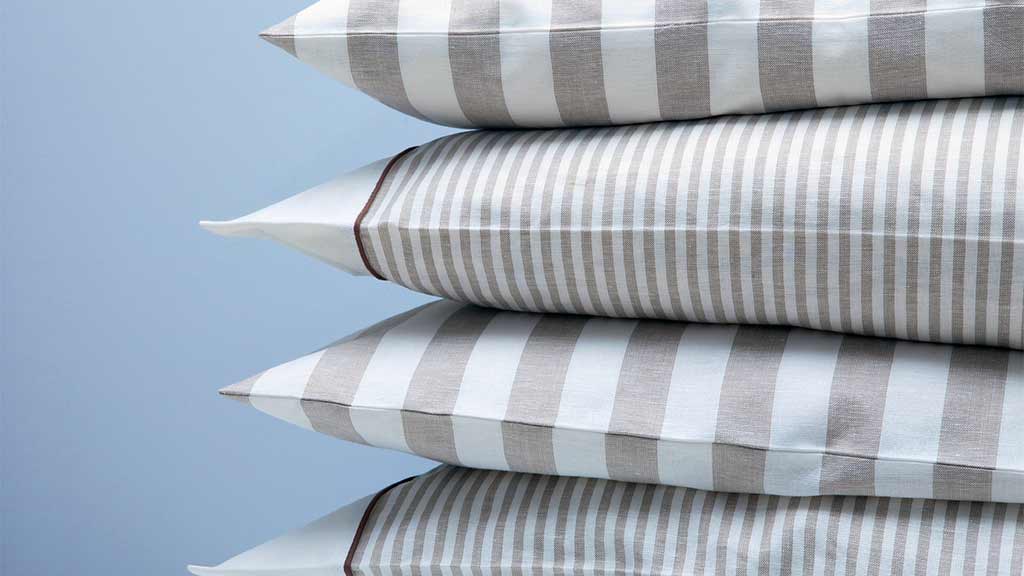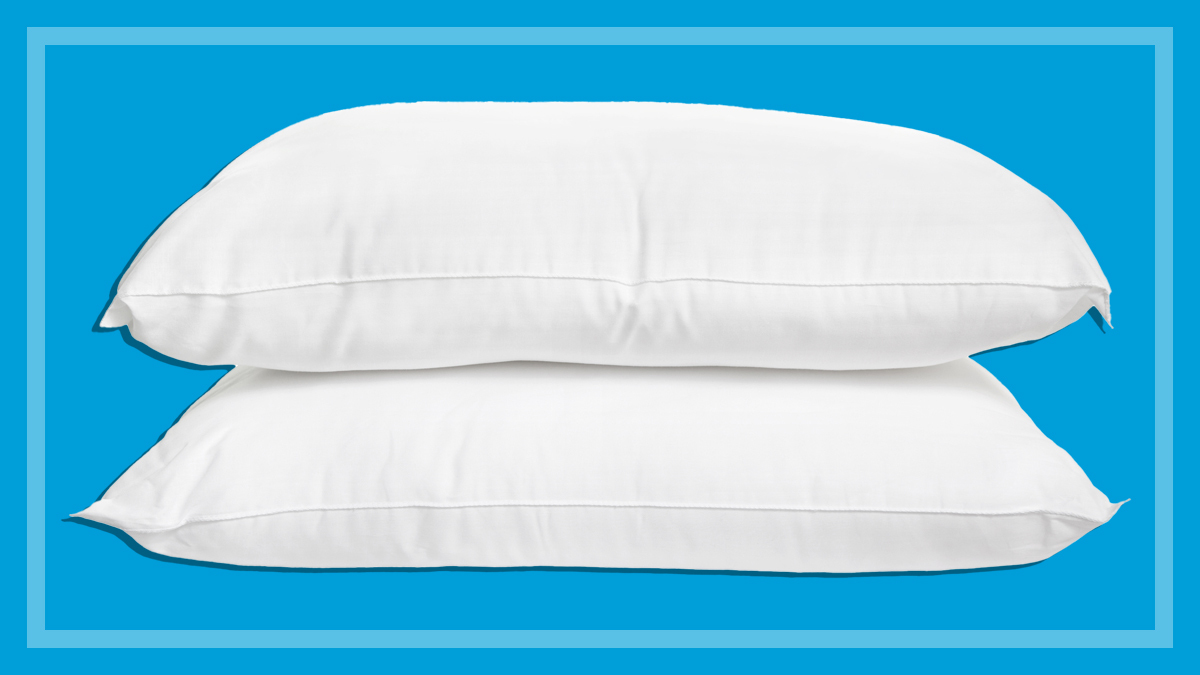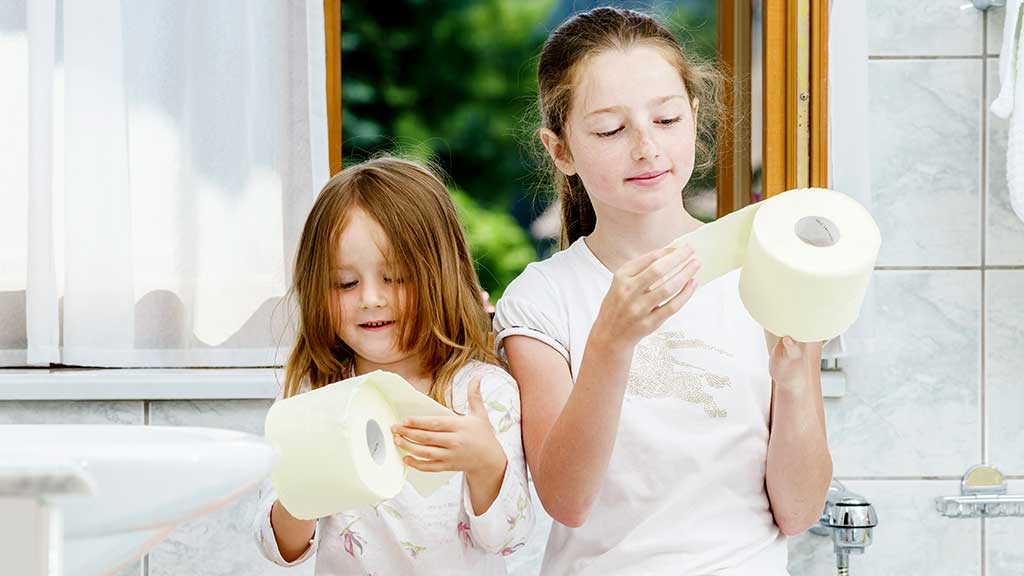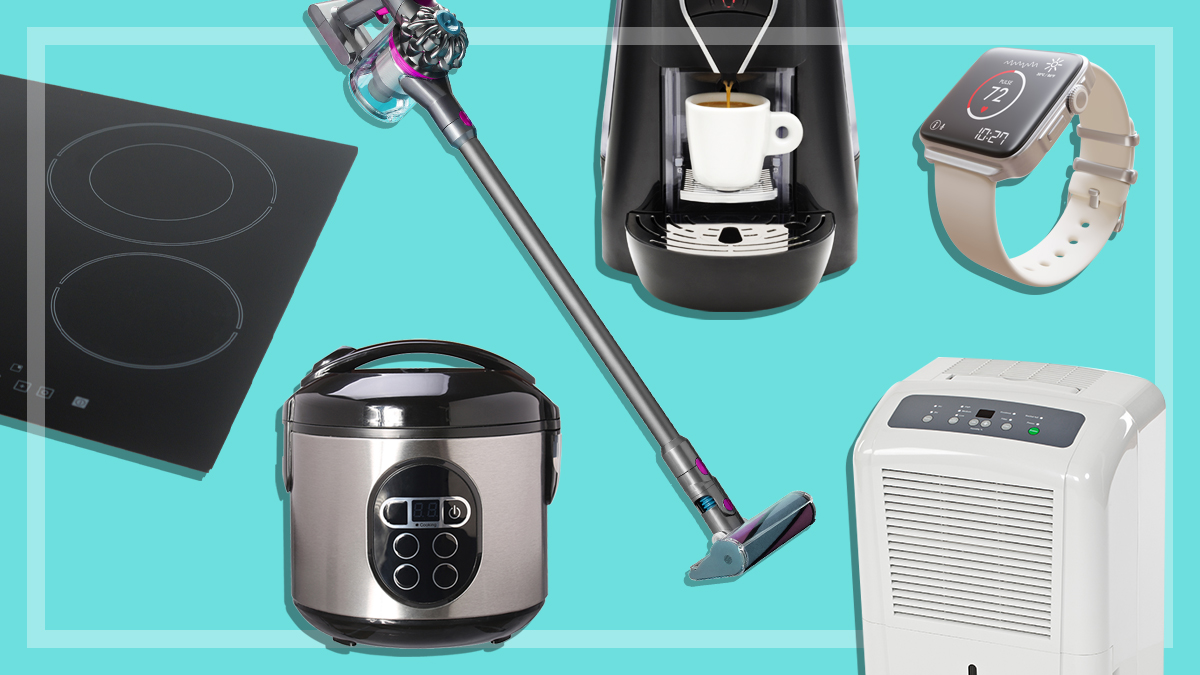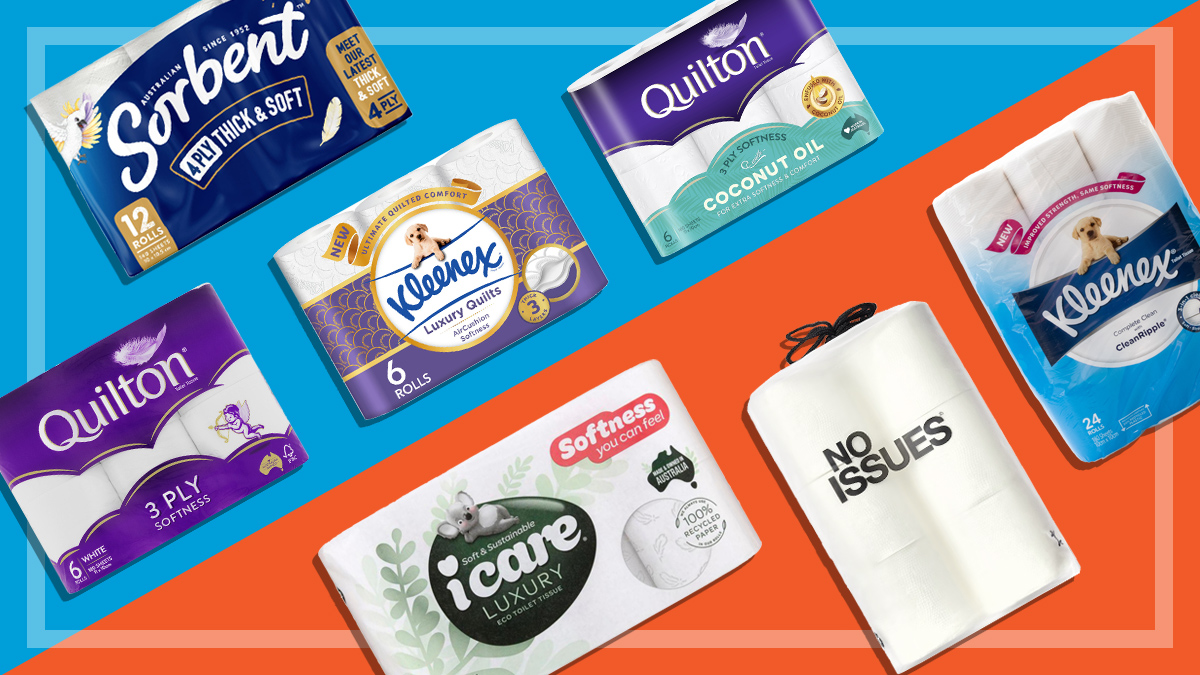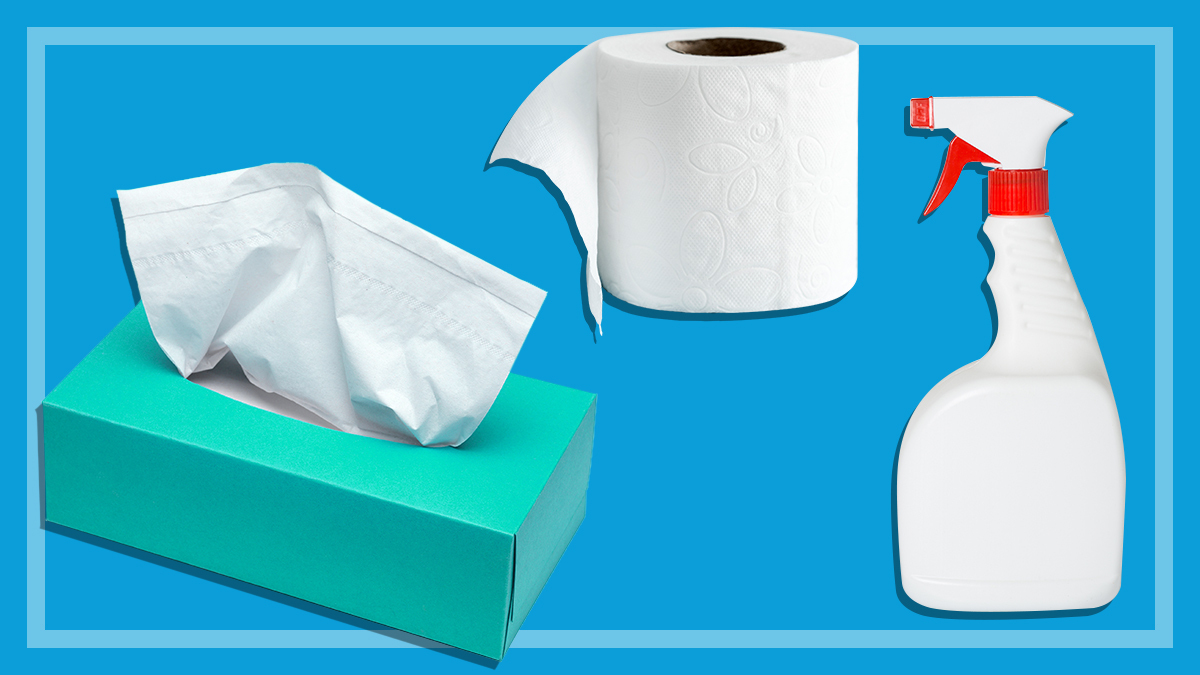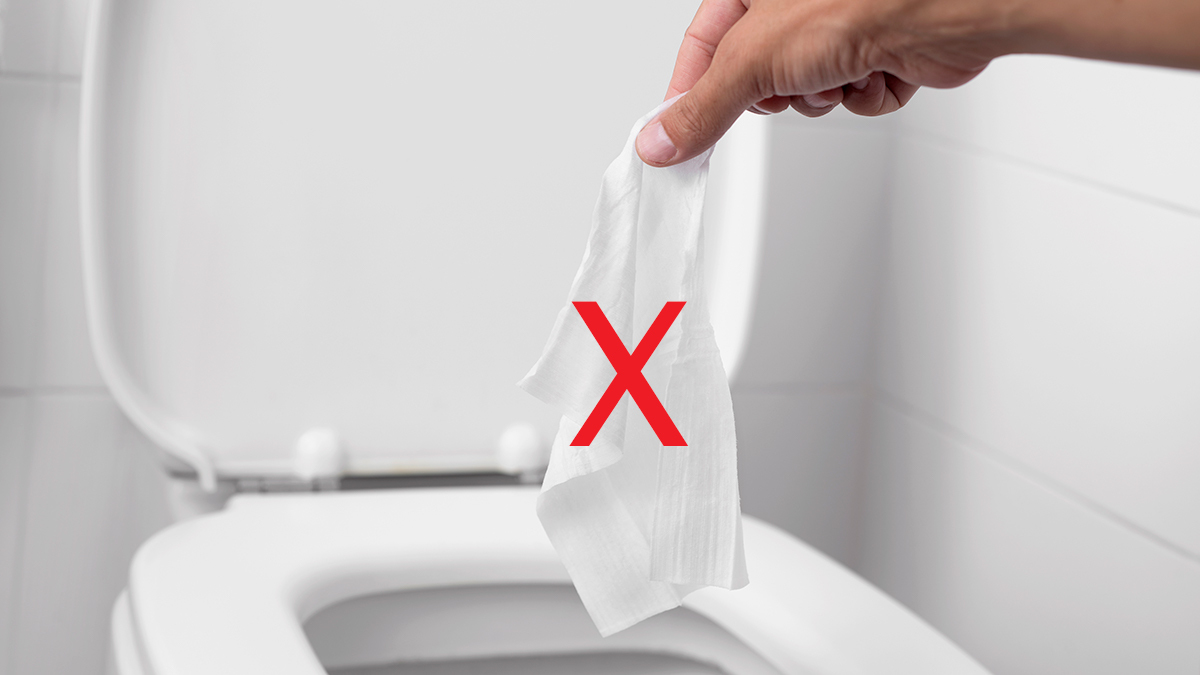How long to keep your everyday items
From toothbrushes to smoke alarms – how often should you replace everyday items and what can you do to maintain them?
Last updated: 5 Mar 2024
There are lots of consumer goods you wouldn’t dream of keeping past their expiry date – and even if your cheese didn’t have a use-by stamped on it, you’d probably know when it was past its best.
On this page:
But what about everyday household items that, technically, aren’t perishable? How often should you replace your pillow or mattress? What about your chopping board or toothbrush?
To find out how long some common everyday household items should last, we spoke to a number of retailers and manufacturers in the relevant industries and compared what they had to say with advice from non-industry experts.
To get the consumer’s perspective, we also asked 487 members of Voice Your Choice, our member research community, how often they replace everyday items from sponges to steam mops.
Pillows
Most of us probably don’t think a lot about what’s inside our pillow, let alone how often we should replace it. According to manufacturer Tontine, your pillow collects dead skin cells, dust mites and fungi as you sleep.
In 2010, Tontine started stamping their pillows with a two-year replacement date, leading to a 20% increase in sales over the following year. But was this just a clever marketing ploy?
“That guideline is putting it strongly; I’m not going to endorse a two-year period,” says Associate Professor Euan Tovey, an allergen and dust mite expert from the University of Sydney.
Tovey says most of our exposure to dust mites comes from our clothing, not our bedding. And for the record, he adds it’s the dust mites’ faeces (not the mites themselves) that some people are allergic to.
Hygiene aside, how do you know if your pillow is giving you enough support or if it’s time to cast it aside?
According to the Australian Physiotherapy Association, your pillow may not be supporting your spine and neck if you are waking up with headaches or neck pain. Whether you’re lying on your back or your side, a pillow should place your head and neck in a neutral or midline position.
When buying a new one it’s important to know that not one size fits all. You should replace your pillow when it stops providing you adequate support.
Therapeutic Pillow Australia, a manufacturer of contour and memory foam pillows, recommends replacing these every 12 months to two years. Pillows that contain memory foam and latex are more durable than other types (polyester, for example), maintaining support for longer without a reduction in comfort. They also hold their structure for longer which means they need to be replaced
less often.
When to replace
The manufacturers we spoke to say at least every two years, but our experts tell us it all depends on the type of pillow you have.
Voice Your Choice results
39% of respondents said pillows should be replaced every two to three years.
Mattresses
The longevity of a mattress depends on several factors, including how well it’s made and how much you use it, according to The Better Sleep Council (a ‘consumer-education arm’ of the industry group International Sleep Products Association).
The council says to consider replacing your mattress if you wake up with stiffness, aches and pains, if you had a much better night’s sleep somewhere else, or if your mattress shows visible signs of overuse such as sagging, stains and rips.
David Hillman from the Sleep Health Foundation says there’s no specific timeframe in which to ditch your mattress. He says they generally have a lifespan of around 10 years, but you should replace yours when it starts to feel uncomfortable. A mattress topper is a good way to add comfort if you’re not ready to invest in a new one.
Studies have shown that changing an ageing mattress can help improve your quality of sleep. You can improve the longevity of your mattress by rotating it once every few months and flipping it over. We spoke to both Sealy Posturepedic and SleepMaker and were told that most of their beds come with a 10-year guarantee. Tempur mattresses come with a five-year full warranty, and 15-year ‘limited’ warranty.
When to replace
About every 10 years.
Voice Your Choice results
47% of respondents said mattresses should be replaced every 10 years.
Steam mops
Our steam mop reviews suggest that, while steam mops are reliable, customers aren’t always satisfied with the performance of their purchases. Could this be because the benefits of steam mops are largely overstated? Some, for example, claim to remove bacteria, dust mites and other allergens.
Allergen expert Euan Tovey says that to some extent these claims are true, as the steam from the mops will likely be hot enough to kill dust mites – but the mites themselves are more likely to be found in carpet than hard flooring.
Using a steam mop on your carpet can get rid of allergens, but Tovey says it may not necessarily kill mites, as the heat may not penetrate deep enough into the carpet.
Our in-house steam mop specialist, Chris Barnes, says the common problems with steam mops are excessively wet floors, water leakage, poor steam production or the mop ceasing to work altogether. He also notes that when a steam mop breaks down in some way, it tends to fail completely.
When to replace
Most steam mops come with a 12-month warranty and, depending on the price, you can expect a steam mop to last about five years.
Voice Your Choice results
54% of respondents expect a steam mop to last five years without experiencing a major problem or needing a repair, while 23% said they expect a steam mop to last six to 10 years.
Sponges
It probably comes as no surprise: your kitchen sponge is a germ magnet.
“Sponges are an excellent breeding ground for germs because they’re kept moist and in contact with nutrients. Whether the types of germs are harmful is another question,” says Dr Nick Coleman, a Research Fellow in Synthetic Biology who has studied bacteria found in the cloths used to wipe down tables in shopping centres.
The crevices of a sponge also make for an attractive expanse of surface area for bacteria to colonise, he says.
Tips
- Avoid letting your sponge sit in water by wringing it out after each use, and make sure food particles don’t get trapped inside.
- To avoid cross-contamination, never use your kitchen sponge to wipe up meat juices. Use a paper towel instead.
How to clean your sponge
Researchers at the US Department of Agriculture found that over 99% of bacteria, yeasts and moulds were killed after microwaving damp sponges for one minute (but make sure they’re moist before microwaving, or they could catch fire). Aside from this, the simplest and most effective way to care for your sponge between replacements is to kill germs with bleach or really hot water and detergent.
We contacted some well-known cleaning brands to ask when their sponges should be replaced. “Our Stay Clean products should be replaced once they are no longer performing as intended,” said a spokesperson from Scotch-Brite. “This timing can vary depending on what they are being used to clean, how heavily and how often.” A Chux representative agreed with the latter, but recommends replacing cloths when they become discoloured or have an odour.
When to replace
There’s no hard and fast rule – it all comes down to the amount of use.
Voice Your Choice results
66% of respondents replace their sponge at least once a month.
Chopping boards
When it comes to choosing between a plastic or wooden board, our microbiology expert says there’s no real advantage ether way: plastic is less permeable than wood, but wood has natural antibacterial properties.
We also enquired about an ‘end grain chopping board’ at Myer that claimed to be more durable than regular cutting boards due to a greater tolerance for chopping motions, and were told that, with proper care, the board can last ‘years’.
How to care for your chopping board
We spoke to two retailers, who both recommend that boards should be ‘cleaned thoroughly’ (and seasoned with oil, in the case of wood chopping boards) to maintain the surface.
Chopping boards can be a danger item in the kitchen because of the risk of contamination if you use the same board to cut up low-risk and high-risk foods. The riskiest food is raw chicken. “All chicken you buy has some levels of salmonella; it’s found in their gut,” Coleman says.
“Be wary of how you handle it in the kitchen,” including cleaning your chopping board immediately after use. The simplest and most effective way to clean your board is with hot water
and detergent.
When to replace
When your board is looking worse for wear.
Voice Your Choice results
34% of respondents have been using their current chopping board for more than five years, and 60% used a separate board for different food groups.
Smoke alarms
The date should be visible on the base of your smoke alarm. In between battery changes, smoke alarms should be lightly dusted to keep the vents clear. The WA Department of Fire and Emergency Services recommends you check them every month, replace the batteries every year, and get a new one every 10 years.
We also called and spoke to a customer service representative from Quell, a manufacturer of fire-safety equipment, and were told that all smoke alarms have a 10-year warranty.
When to replace
Every 10 years.
Voice Your Choice results
29% didn’t know when to replace a smoke alarm, but 28% agreed with our experts and said they should be thrown out every 10 years.
Toothbrushes
Brushing is the main way most of us maintain oral hygiene, so it’s important to know when your toothbrush is no longer effectively cleaning your teeth. Over time, the bristles break down and lose their ability to get at all those tricky areas inside your mouth.
The Australian Dental Association’s Oral Health Committee recommends replacing toothbrushes when the bristles are worn or distorted, normally every couple of months. It’s better to use a soft bristled brush, and if it’s wearing out quickly (i.e. within a month or so) you might need to evaluate your brushing technique.
Toothbrush brands Sensodyne, Colgate, and Oral B recommend replacing your toothbrush every three months. Many toothbrushes have bristles that change colour when it’s time to throw them out.
Some people advise throwing out your toothbrush after you’ve had a cold or flu virus, since germs could linger in the bristles. But according to the Oral Health Committee, that theory is not based on evidence.
When to replace
Every two to three months.
Voice Your Choice results
50% of respondents thought a toothbrush should be replaced every two to three months.
Related
Ashley worked at CHOICE from 2017–2024. He was Head of the whitegoods team.
You can find Ashley on LinkedIn.
Ashley worked at CHOICE from 2017–2024. He was Head of the whitegoods team.
You can find Ashley on LinkedIn.

